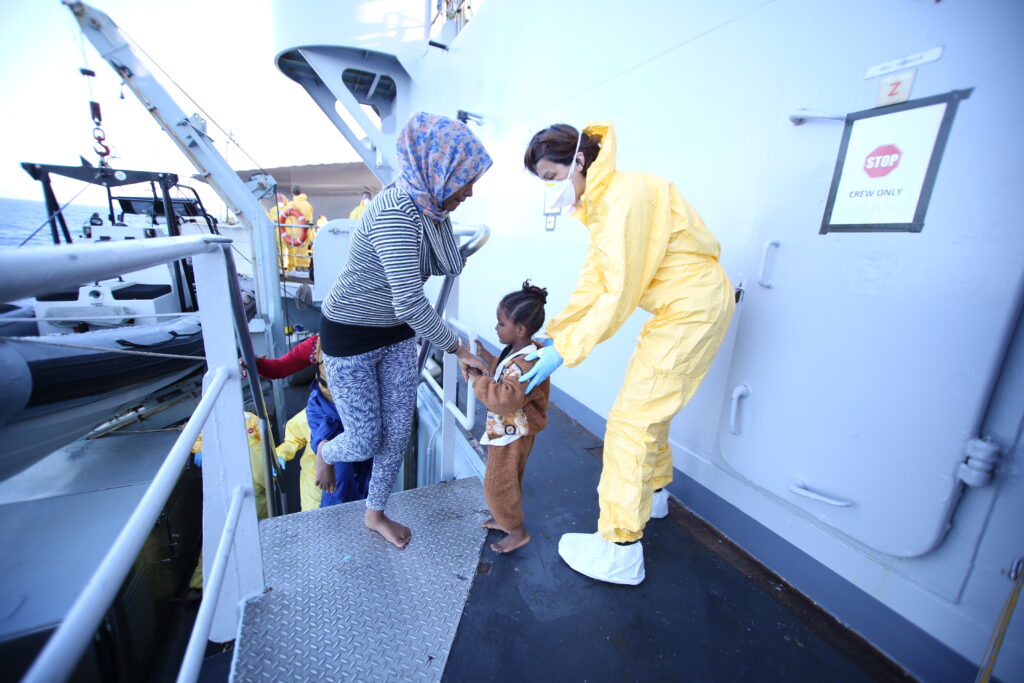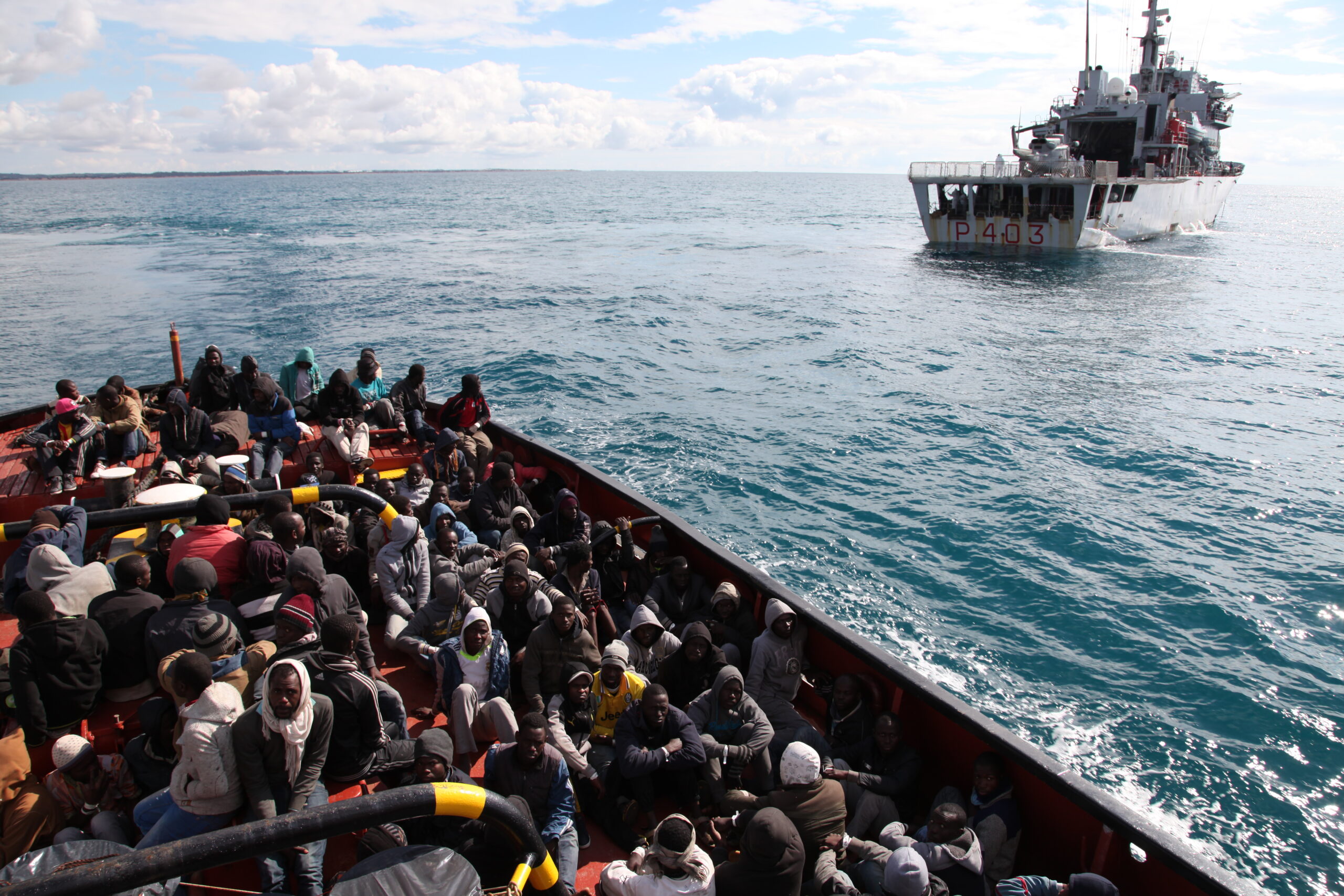Europe’s New Pact on Migration and Asylum: A Milestone in Managing Irregular Arrivals
| By Josie Koehler |
EU Creating a Common Rulebook for Asylum Seekers
The idea of establishing a common and predictable rulebook to manage the irregular arrivals of asylum seekers has been a topic of debate since the 2015-2016 migration crisis. This crisis not only brought the problem into the public front but also dramatically split nations into opposing camps, underscoring how urgently the European Union’s immigration and refugee laws need to be completely revolutionized.
After years of intense negotiations and political maneuvering, the European Union finally concluded its migration and refugee policy reform on May 14th, marking a turning point that had been unattainable for a decade. The arduous journey culminated in the final approval of the five regulations that constitute the New Pact on Migration and Asylum, signaling a significant shift towards a more cohesive and equitable approach to handling migration challenges.
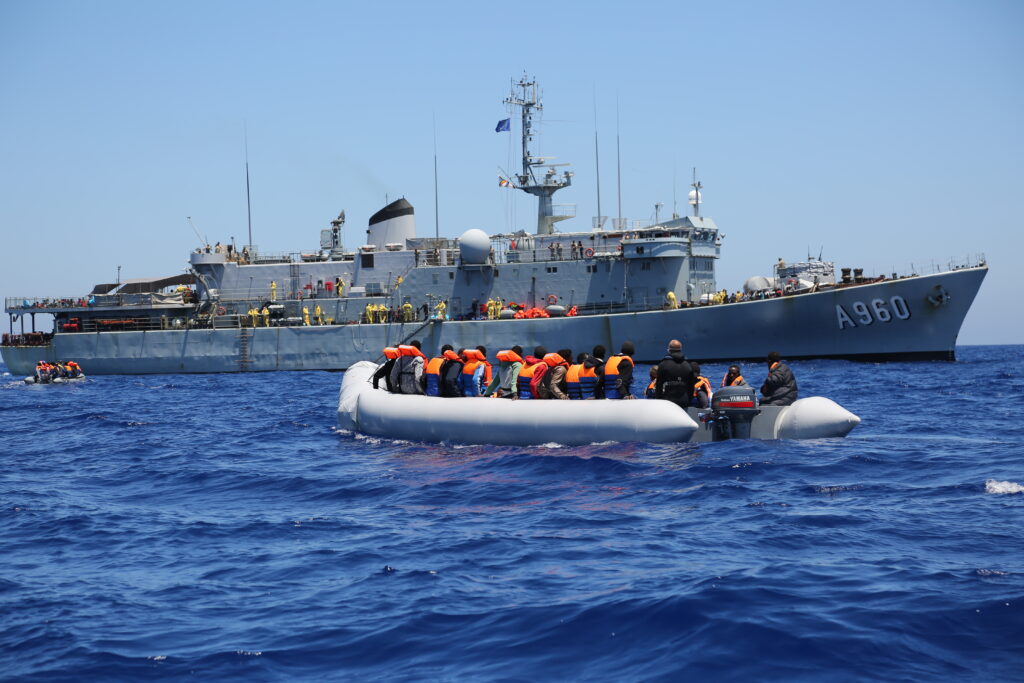
Key Measures and Metrics in the New Pact on Migration
The New Pact introduces several key measures aimed at enhancing the screening and processing of asylum applications, conducting thorough health and security checks, expediting examination procedures, and providing free counseling services. One of its groundbreaking features is the concept of mandatory border procedure, under which governments have three options for managing asylum seekers: relocating a specified number, paying a set amount for each rejected applicant, or providing operational support.
The initial target is to achieve 30,000 relocations per year, a goal that reflects a collective effort to ensure that all EU member states share the responsibility of addressing migration issues.
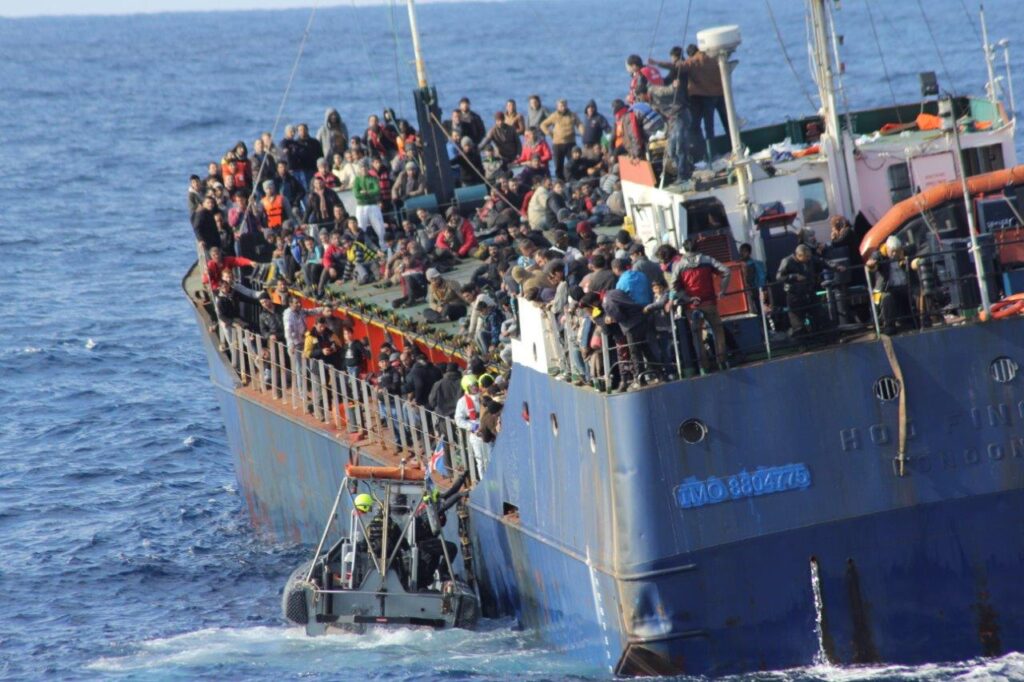
Overcoming Opposition and Securing Consensus
However, the road to consensus was not without hurdles. Poland and Hungary, known for their staunch opposition, voted against the package, citing concerns about forced acceptance of migrants. Despite this resistance, the New Pact secured the necessary qualified majority for ratification, marking a significant achievement in EU policy making.
The reform began in the context of the 2015-2016 migrant crisis, which highlighted profound tensions within the group of nations. Southern member nations felt overburdened and isolated, while western and northern counterparts requested stricter border restrictions. Eastern countries, in turn, opposed the idea of obligatory relocation quotas.
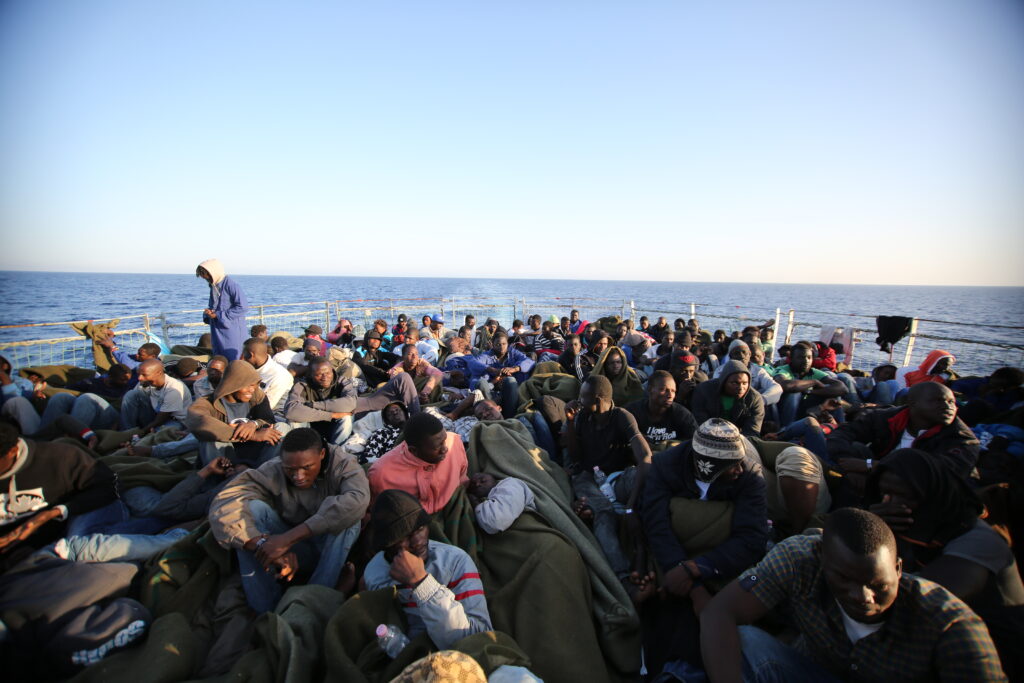
Progress Made, But Challenges Ahead
Despite the formal ratification of the New Pact, challenges lie ahead in its implementation. The European Commission is set to outline an implementation plan in June detailing the legal and operational aspects required to enforce the new regulations. Member states will then have until January to submit their national plans, outlining resource allocation for training, personnel, equipment, and facilities.
Ensuring Enforcement and Compliance — and Fairness — in Migration Management
The success of the New Pact hinges on robust enforcement and compliance by all member states. The threat of non-compliance, particularly from countries like Poland and Hungary, poses a significant risk to the reform’s effectiveness. The EU has signaled its intent to take legal action against non-compliant states, but the process could be protracted and contentious.
As Europe navigates the complexities of migration management, the New Pact on Migration and Asylum stands as a testament to the bloc’s commitment to solidarity, fairness, and a coordinated approach to addressing one of its most pressing challenges.
